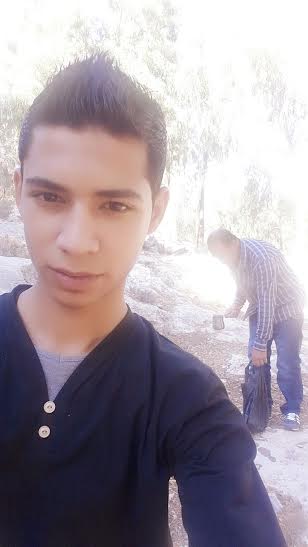Tag: Video
-

Non violent action by elderly Palestinian despite Israeli military violence
10th October 2015 | International Solidarity Movement, Al-Khalil team | Hebron, occupied Palestine Today on October 10th in Al-Khalil at around 13h, thousands attended the funeral of Mohammed Fares Mohammed Abdullah Al-Jabari, killed yesterday near Kiryat Arba at the hands of an Israeli police officer, after allegedly trying to stab him. After the funeral a…
-

Settlers march through occupied al-Khalil attacking, insulting and threatening Palestinians and internationals
7th October 2015 | International Solidarity Movement, Al-Khalil team | Hebron, occupied Palestine Yesterday night, October 7th 2015, a large group of settlers harassed, insulted and physically assaulted Palestinian residents and internationals in the Tel Rumeida neighbourhood of occupied al-Khalil (Hebron), injuring several. Around 08:00 pm, more than 50 settlers from the illegal settlements within…
-

Palestinian and International civilians to resist revenge home demolition
8th October 2015 | International Solidarity Movement, Al-Khalil team | West Bank, occupied Palestine Wednesday 7 October ’15 Surda Ramallah Palestinian civilians joined by International solidarity activists will gather tonight, Wednesday 7, October ’15, at the home of the bereaved family of Muhannad Halabi, which is threatened by demolition in retaliation for the fatal stabbing…
